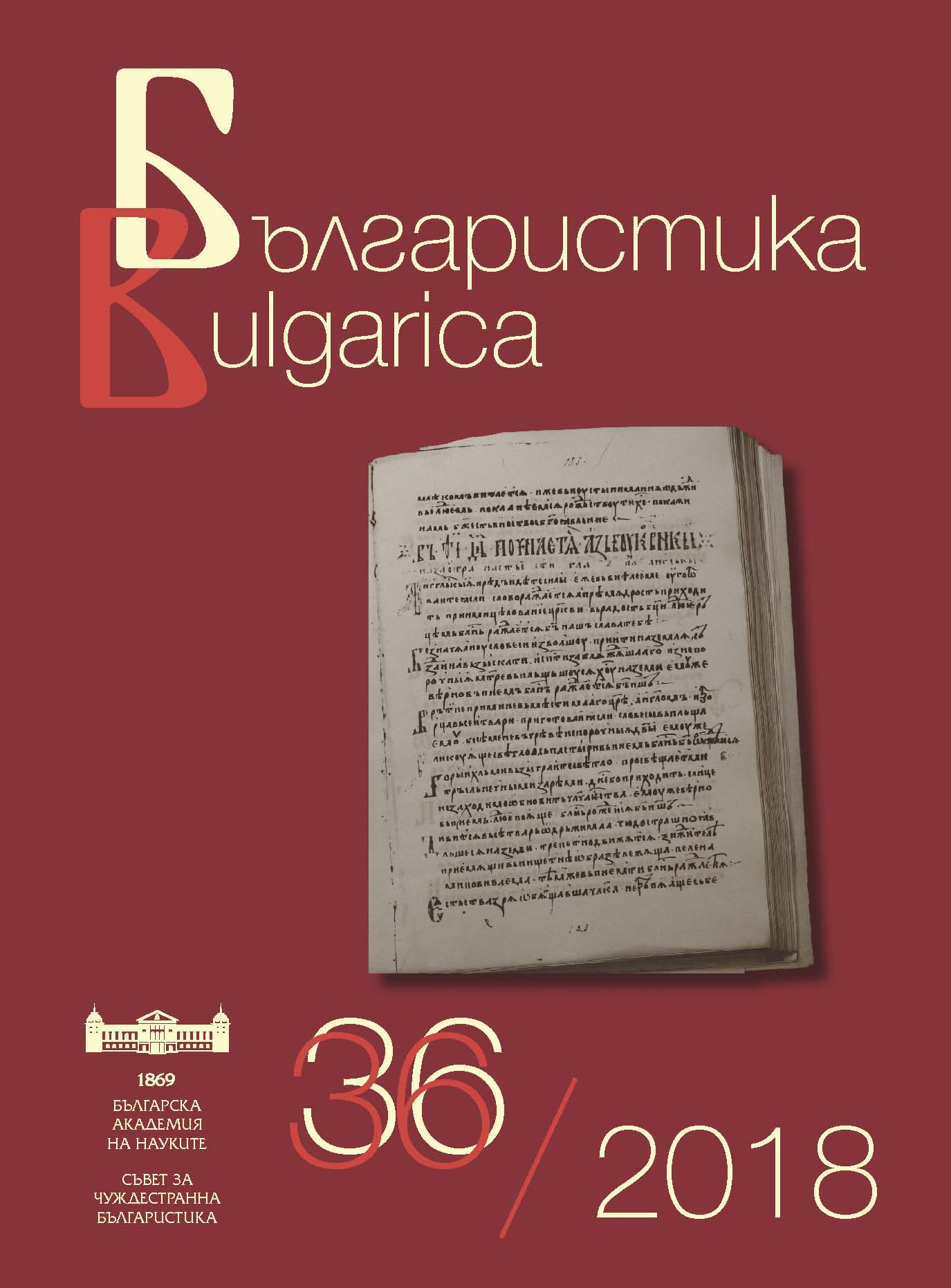
Гласът на българистиката в Европа
Round table "Bulgarian Studies in Europe: "Present and Future", Sofia, 11–12 May 2018.
More...We kindly inform you that, as long as the subject affiliation of our 300.000+ articles is in progress, you might get unsufficient or no results on your third level or second level search. In this case, please broaden your search criteria.

Round table "Bulgarian Studies in Europe: "Present and Future", Sofia, 11–12 May 2018.
More...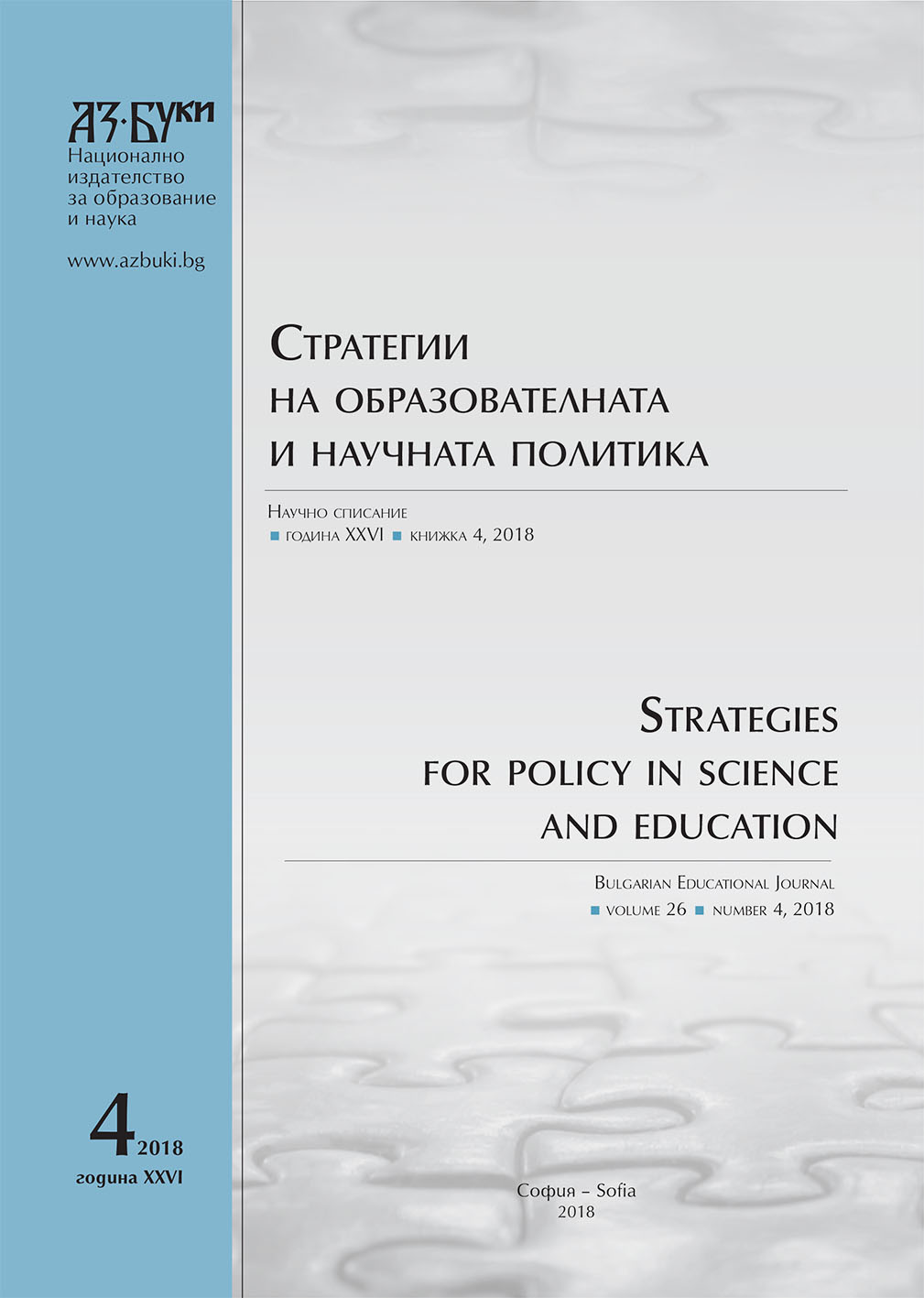
The present text proceeds from the concept of creative personality, which is defined by the creative talent intrinsic to every child. It is not related to a particular (artistic) activity, but to the primal capacity of every person to re-create themselves. From a pedagogical standpoint, such an assumption accepts that the upbringing of a person as a goal of instruction is conditioned by the nurturing of the creative gifts of the child. In school, group work requiers a group-appropriate approach, as well as the appropriation of regulative mechanisms by the system. The article describes some of them as functioning forms of compulsion, which disable the child to unfold its creative potential and contradict basic assumptions about education, which have remained unchanged from Antiquity to this day.
More...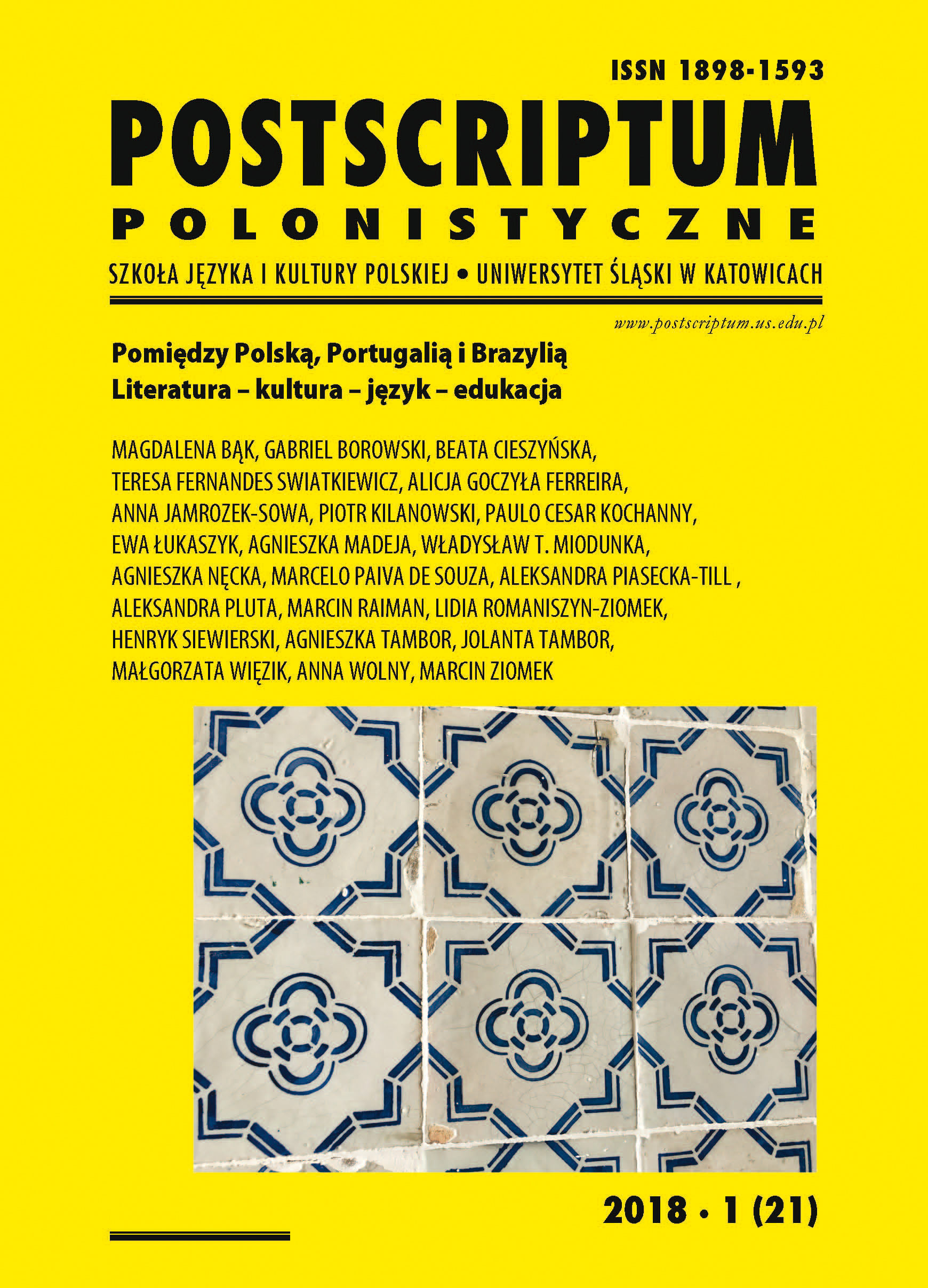
The article aims at presenting the context of the future edition of Vieira’s selected works. The author of the article attempts to outline the historical and cultural horizons of Lusitania and Poland in Vieira’s times and discusses the Polish ‘issues’ in Viera’s writing. The comparative analysis of the two countries is based on national myths (especially the ones of the messianistic character). In order to explain the role of Poland in Vieira’s writing, the concept of Antemurale Christianitatis has been recalled.
More...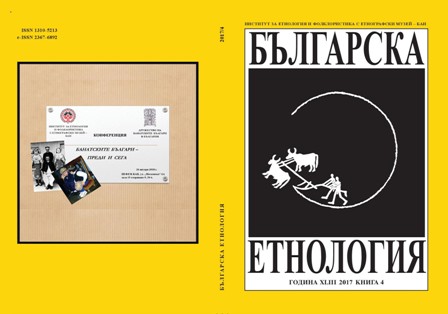

The article examines notated musical folklore collections with records from the first four decades of the 20th century kept in the Ethnographic Archive of the Institute of Ethnology and Folklore Studies with Ethnographic Museum at the BAS. The archival musical folklore collections are a documentary testimony of a folklore repertoire which existed in a certain period of time as well as of the development of the process of documentation of folklore musical materials. Two archival documents, the only ones in the musical biographies of the people who recorded them, Neno Dimov and Tsanko Tsankov, are presented and analyzed.The first document is a valuable description of the richness of the folklore repertoire of urban/rural musical environment and represents a stage of the development of the musical and folklore research and analytical work of the time. The identification of the author of the second archival collection reveals a remarkable figure of the Bulgarian musical past together with the precise and critical reading of the musical theoretician and composer Dobri Hristov in his hand-written review.The significance of this documentary material refers to the broad context of the cultural musical history and the rationalization of the processes in the development of the musical folklore studies.
More...
In the centre of this study is an album kept in the archive of the Institute of Ethnology and Folklore Studies with Ethnographic Museum – BAS. Its inventory number is 3618. The album contains eighty family photographs. The aim of the research is to reconstruct a family history by studying the memory of a Bulgarian kin in the period between 1870 and the 1930s. The fashion tendencies in clothing which stand out,the hair-styles and the studio accessories used for the photographs give information about the type of communication between relatives and friends. By summarizing the results of the analysis, the article attempts to define the social status of the individuals photographed. The aspiration of the author is by means of the photographs to look for and mark the changes which occurred in the family in the concrete period. The topic is examined in two aspects: technical – the technology of making studio and reportage photographs in this period (the paper, the photographic processes etc.); and ethnological – as a family history in certain space, time, family relations etc. Because of the limited size of the article, the emphasis is laid on the ethnographic aspect of the topic.
More...
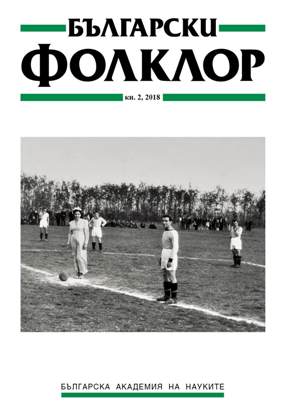
The author studies the first years after the introduction of the chitalishte institution when these cultural centres appeared and established themselves in the dynamic sociocultural context of the local communities – first in some of the well-developed Bulgarian towns and later in many of the Bulgarian villages. Chitalishte is a cultural and educational institution and is thus studied in the context of the modernization, educational and nation building ideas pertinent in the 1860s and 1870s. At that time the institution developed its specific features (its local nature, complex functions, autonomous social form of governance). The article presents the decisive moments certifying for the institutional activity of the chitalishta with an accent on these issues which show close relations to the folk culture, which was as a need and as a type of communication dominant in the local culture.
More...
The subject of this study are two adornments from the fund of the Regional Museum of History – Kardzhali: the first one being from the ninth century and the second one being from the end of the nineteenth century. They include shells of the genus Monetaria sea snails (babki, cowrie) which are typical inhabitants of the Indo-Pacific tropical waters. The purpose of the study is to establish the species to which the shells belong and the symbolism with which they are loaded as parts of these ornaments. The cultural phenomenon of cowrie originates from the epipalleolite in the Middle East. Gradually spreading from there throughout Asia, Africa and Oceania, and through the Mediterranean, it reaches all parts of Europe, including Bulgaria, and the Eastern Rhodopes in particular.
More...
60th Anniversary of Prof. Vladimir Penchev, PhD
More...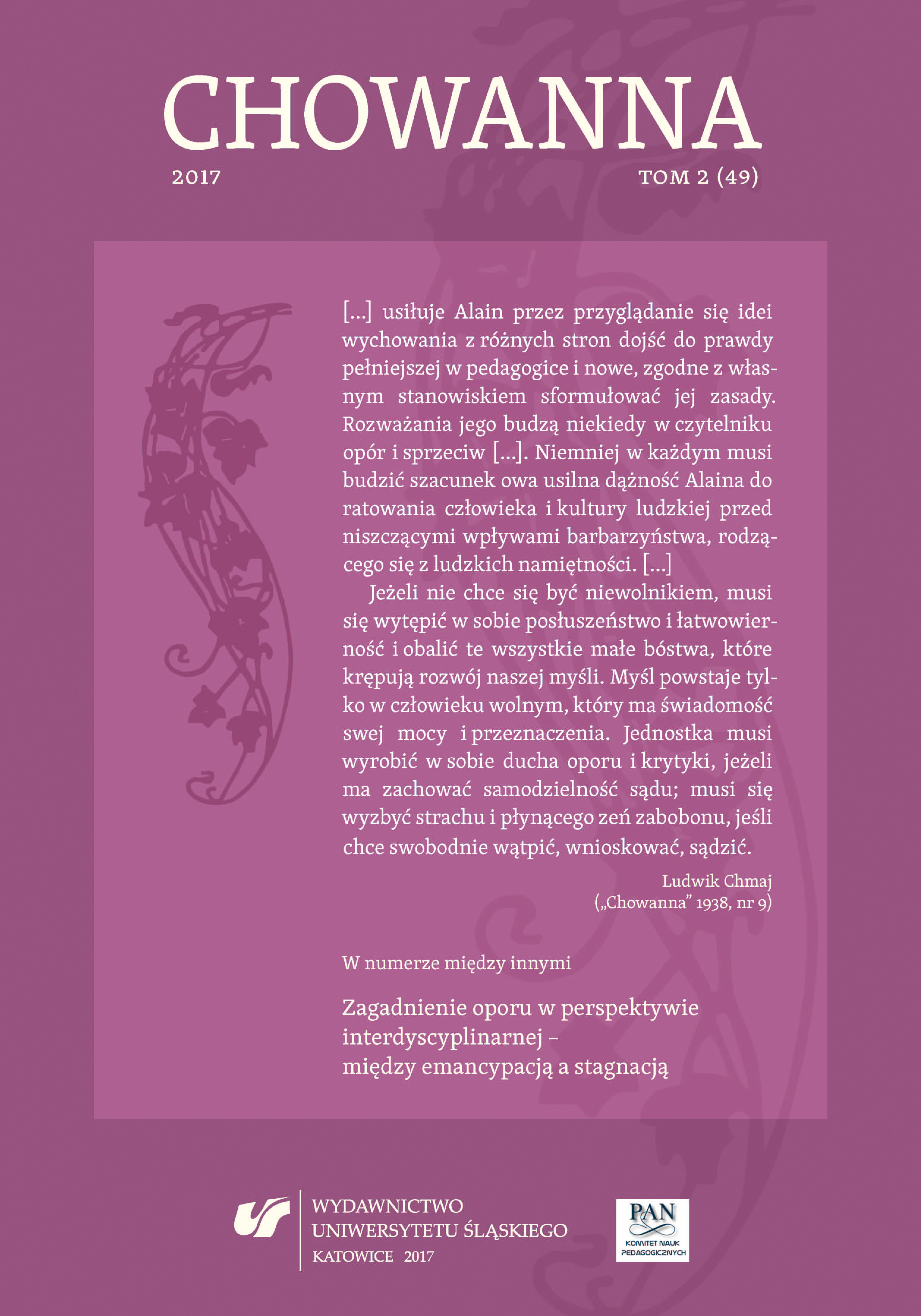
This text’s aim is to draw implications for school didactics that result from the human being’s entanglement in the orders of both, nature and culture. In her considerations, the author attempts at a re-enactment of the manner in which complementary arrangements of nature and culture find their common ground in educational thought, and their objective expression in the sphere of Polish teachers’ education. Yet, the said considerations do not involve all facets of the school subject in question, neither do they relate to any particular stage of education. What is elucidated herein, are merely selected questions of literary culture, namely, the essence of contemporary reading practice being a premise upon which one may raise a cultural anthropology concept of the literary-cultural education that echoes the views by Polish Studies’ theoreticians and practitioners.
More...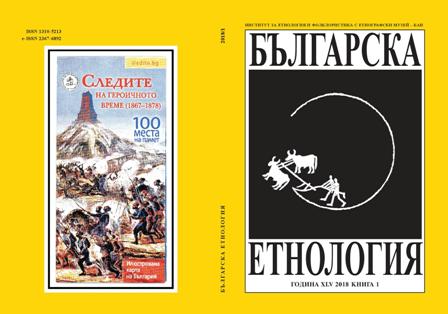
The article analyzes the figure of Ivan Borimechkata (The Bear-Fighter) – one of the most famous heroes of April 1876 uprising – from the viewpoint of its hyposthases: as a literary character that gained popularity with Ivan Vazov’s novel “Pod Igoto“ [“Under the Yoke“]; as a historical personality with a concrete biography on whose basis Vazov created his literary character; as a mythical figure that found various representations in the national and local memory, in art, public discussions, etc.Analyzing comparatively diverse folklore and historical sources about Borimechkata, the article traces the processes of taking the concrete personality out of historical anonymity and turning it into a hero and a kind of myth. In the course of these processes, the historical indicators about the martyrdom of Ivan Borimechkata appear silenced by the voice of the heroic memories about him – ones created and affirmed through the character’s interpretation in literature, monumental representations,visual arts, and cinema. The article shows how the novel “Under the Yoke“ testifies not only of Vazov’s return to the “idealized epoch“ of the April 1876 uprising, with its ideas and heroes, but was also a powerful instrument in coining heroic characters and narratives connected with that time.
More...
The paper analyzes the symbolic layers in the major commemorative ceremony in Bulgaria – the roll-call. It is divided in two parts. The first one (Bulgarian Ethnology,2018, № 1) interprets the symbolic actions comprising the basic tools for producing ceremonial meaning: saluting and rendering military honors, ritual silence and lack of action, battle cry, ceremonial mise-en-scène (monument, guards of honor, etc.)– these are recognized as specific devices for removing symbolically the border between the living and the dead, between heroes and descendants. The second part(Bulgarian Ethnology, 2018, № 2) examines the ceremonial scenario as a prospectivelyun folding narrative – each symbolic action is interpreted as a successive move in the overall plot. This approach acknowledges that the ceremony is made up of three parts: preparatory, commemorative, and triumphal, whereas the scenario as a whole embraces the following logic: listing and honoring the heroes in the commemorative part is succeeded by their posthumous enwreathing and symbolic immortalization as stars in the night sky through the use of fireworks.
More...
The preservation of the memory for the past is part of the system that forms identity.“The sites of memory“ (after Pierre Nora), which surpass the frames of the physical space of the event and also include the characters-participants and the event itself as a phenomenon, are building a symbolic construct, which is often comprehended bylocal communities as heritage. The present research examines the development and transformation of places of national memory in Bulgaria. Case-study of the report is the “Monuments“ Park of the town of Svishtov in Northern Bulgaria – the original site of the landing of Russian troops in 1877, the beginning of the Liberation War. Duringits 140 years of history, the “Tekir-dere / the Monuments“ area witnesses three stages of development. In the initial years following the Liberation the area is affirmed as a site for commemoration and homage to the bravery of the Russian soldiers. OnБългарска етнология, бр. 1 (2018) / 91occasion of the celebrations for the 100th anniversary of the war, the narrative was expanded with the presentation of the Bulgarian volunteer troops in the process of achieving Freedom. In the beginning of the 21st c. the process of “acquiring“ the historical territory continues by introducing the revolutionary Filip Totyu and his detachment in 1867. With the expansion of the urban territory, the space also acquires the functions of a town park. Thus, despite the physical distance from the settlement,the area has turned nowadays into a place for relaxation and walk for the citizens of Svishtov, which is assisted by the activities for the socialization of the park.
More...
The article discusses the main indicators for perceiving Hristo Botev in the public space, by eliciting some of the debates and the attempts for appropriation of his figure. The ideas about the personality, which has in different periods been an occasion for diverse opinions and interpretations, are presented from the perspective of their significance in the culture of memory and of their role in explicating time and identity (Assmann 2001: 20). These notions diverge the figures of correlation to national parameters, but also to unrelated to the initial ideas trends, which is presented in the text with the theme about the appropriations and the popular uses of this character. Separate attention in the article is paid to the monuments dedicated to Hristo Botev in different periods and parts of the country and to the changing emphases in the commemorations to the national hero. The discussed examples outline a comprehensive presentation of different studies on the topic and raise new questions, which are important in view of future research.
More...
The article discusses the weapons that are preserved until today in Bulgarian museums of the revolutionaries who participated in the struggles for political independence from the Ottoman Empire in 1867–1878. On the basis of observations made within the project “Traces of the Heroic Time,“ as well as of the experience with exhibitions dedicated to this topic, the article makes an overview of the weapons in Bulgarian museums that had belonged to participants in the national liberation struggles – of Georgi Rakovski, Vassil Levski, of the voevods Hadzhi Dimitar Assenov and Stefan Karadza, of Panayot Volov, of Petrana Obretenova, Rayna Popgeorguieva, etc.Raising the issues about the identification of the revolutionaries’ weapons and the interpretation of the facts around them, the author points out that these important artifacts for the construction of historical memory are insufficiently studied in Bulgaria. The article argues that – as materialized history, these weapons facilitate the heroization of the nationally important personalities. Regardless if being truly authentic or not, weapons – similarly to myths, are an important resource for construing the heroism of the national consolidation processes and for the creation and maintenance of the “big historical narratives.“
More...

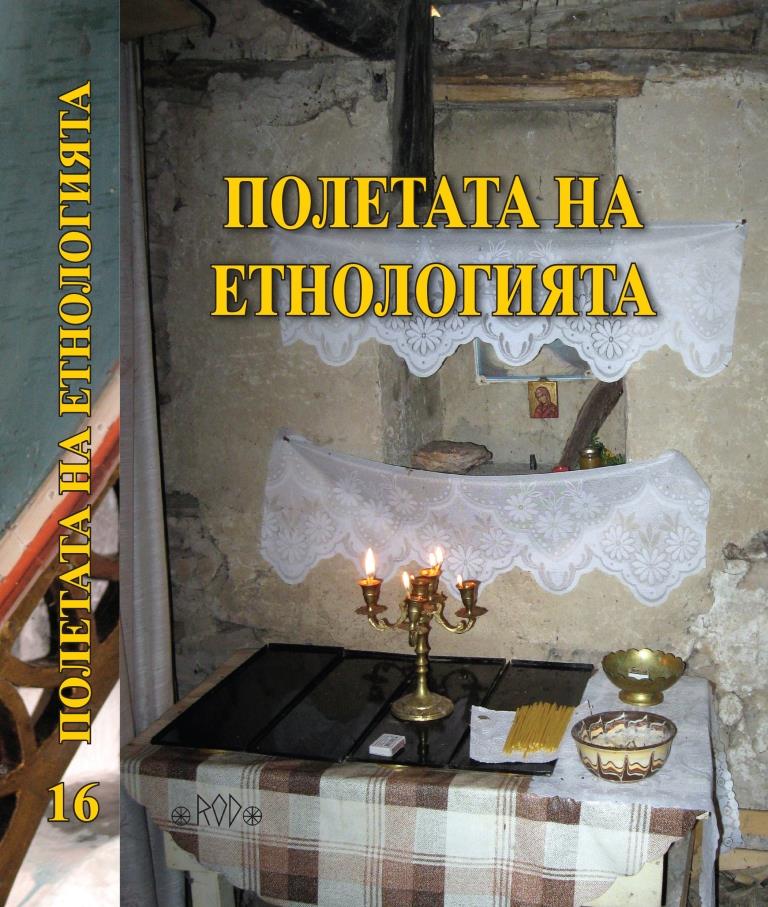
The subject of the article concerns the reconstruction of the Midsum¬mer Night’s ritual. The author gives answers to the questions: What is a ritual? How should it be studied? What should be the methodology of description and interpretation of its complicated morphology? Regional variants of the rite are analysed and on the basis of them a model ritual (its invariant) is reconstructed. The article is based on archive materials and accounts collected personally by the author, mostly in Poland, in the years 2009–2014. The period of the most intense activity of the sun, falling on the second half of June, was generally regarded as extraordinary time in the folk tradition. The culmination of ritual activities took place on the night preceding the holiday of the nativity of St John the Baptist, usually celebrated on the 24th of June (also on the 7th of July in the Orthodox tradi¬tion). This time was marked by many ritual practices resulting from the system of traditional beliefs and views on the world. The article discusses the relics of beliefs and ritual behaviour connected with the summer solstice and their most important functions (magical, protective, purificatory, courtship and matrimonial, conveying beliefs, in¬tegrative and ludic). Furthermore, the article presents the main causes of disappearance, degradation and simultaneous modernization of the sum¬mer solstice rites.
More...
If we observe classical art of Ancient Greece, we should know surely that for their creator is not art, including for those who contemplate it. For them all it is cosmogonic expression of ideas. The proposed text presents the opportunity to recover cosmogonic notions of traditional, non-literary communities through the plastic expression. In this sense, for traditional culture from antiquity to today’s it is better not to talk about art, but for the visual expression. By means of the plastic language may be bound the cosmogonic thinking with living antiquity and/or with the relict reality, and even with all substantial sources. The plastic expression gives opportunity for the expression of the cosmological structure stored in ethnical culture. Cosmological structure does not allow fully understand while attempting to do so. This kind of expression announce possible cosmogonic model, which also directly formed social interactions. In any sense, the Cosmogonic model is also mythological but the mythology is ideological system, and even we can feel some synonymity between mythology and ideology. Therefore, in principle it is necessary to have two main object for the study of the non-literally reality – the songs and customary-ritual com¬plexes, but only in their unity. This unity is embodied in ritual perfor-mances, whose elements are liable to analyzed. Through that rather analyze we can observe and the social interac¬tions.
More...